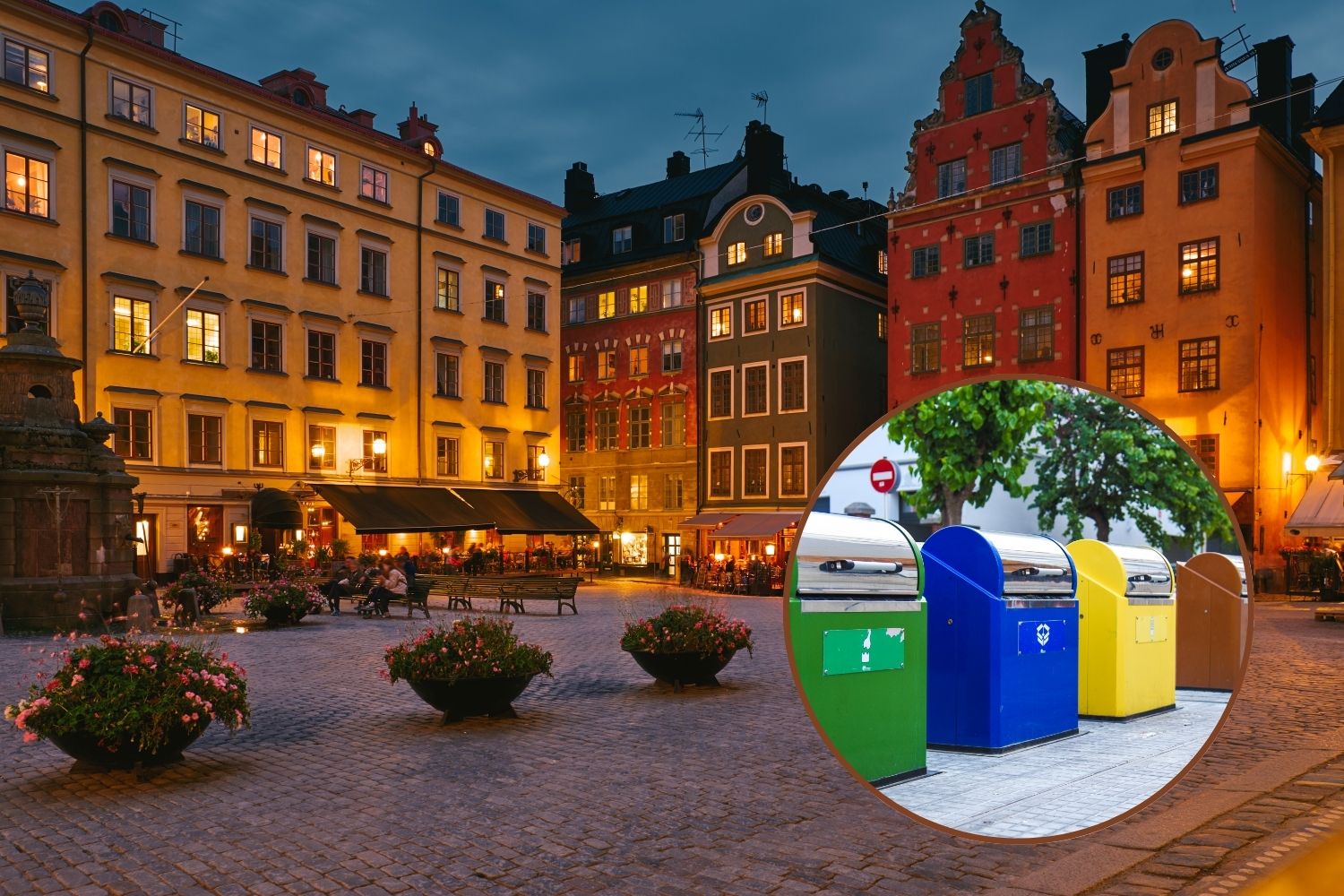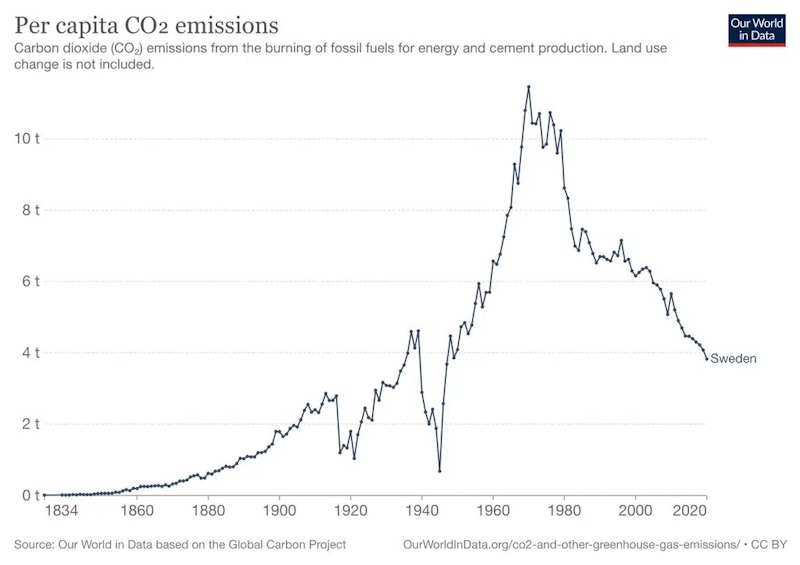On average, nearly 60% of the world's waste ends up in landfill. In Sweden, only 1%. We find out what makes the country's recycling system so effective and the ways in which the government manages all its waste.

More than half of the world’s waste ends up in landfills, posing serious environmental threats. One of the biggest dangers? The release of greenhouse gases like carbon dioxide and methane, which accelerate global warming.
Sweden, often ranked among the world’s most sustainable countries, has become a role model for its innovative approach to renewable energy and emissions reduction. The nation has redefined waste management by turning trash into energy—keeping landfills nearly empty while powering homes and buildings.
Sweden recycles so well it imports garbage from Denmark
Landfills are major sources of toxic substances and pollutants. In the United States, they are the third-largest source of methane emissions from human activity—a gas 25 times more potent than carbon dioxide. Methane alone makes up nearly 15% of total U.S. emissions, contributing to air and water pollution, loss of biodiversity, and soil degradation.
A report from the International Solid Waste Association (ISWA) warns that if nothing changes, landfills could account for at least 10% of global greenhouse gas emissions by 2025.
Globally, about 60% of all waste ends up in landfills, but in Sweden, that number is just 1%. How? Sweden overhauled its recycling system, drastically boosting recycling rates and introducing technologies to convert waste into energy.
Sweden recycles so well it imports trash from other countries
Sweden has long been a leader in the race toward net-zero emissions. It uses the highest share of renewable energy in the European Union, with 56% of its energy coming from hydropower, wind, and nuclear. The country also boasts some of the lowest carbon emissions per capita worldwide, thanks to widespread electric transportation and investments in smart technologies and urban farming.

On average, an American emits nearly four times more CO2 than a Swede, according to the World Bank.
Sweden’s success story goes beyond renewables. Since the 1990s, the government has rolled out comprehensive waste policies—pushing producers and citizens to reduce waste and cut emissions. The introduction of Extended Producer Responsibility (EPR) laws requires manufacturers to collect and dispose of their products. Households are taxed based on the weight of their trash, incentivizing recycling.
National laws banning landfill disposal of organic and combustible waste, combined with EU regulations on hazardous waste, landfill standards, and incineration processes, have drastically reduced landfill use.
Sweden had to start importing waste to keep its recycling plants running
Back in the 1970s, Sweden landfilled about 38% of its waste. Today, less than 1% of household waste ends up in landfills. The rest is either recycled or transformed into energy.
In fact, around 52% of waste is incinerated to generate energy, providing heating for over 1 million homes and electricity for 250,000 households.
This high efficiency has led to a surprising challenge: Sweden is running out of its own trash. To keep its energy-from-waste facilities operational, it imports roughly 2.2 million tons of garbage each year from countries like the United Kingdom, Norway, Ireland, and Italy. These countries pay Sweden to process their waste—waste that becomes fuel for Swedish energy plants.
Environmental and economic impacts
Sweden’s approach has significantly cut landfill-related greenhouse gas emissions, especially since it banned landfilling of organic and combustible waste in 2005. Today’s incineration facilities are equipped with advanced emission control technologies, making the process much cleaner than in the past.
On the economic side, waste management has become a revenue source. In 2020, the sector generated about $1.85 billion, with peaks reaching $2.15 billion in 2016.
But there’s a catch…
Despite its success, the Swedish model has its critics. Some experts argue that waste incineration—while efficient—might discourage efforts to reduce and reuse materials, which are essential for a true circular economy. And if other nations improve their own waste practices, Sweden’s reliance on imported trash could become a liability.
